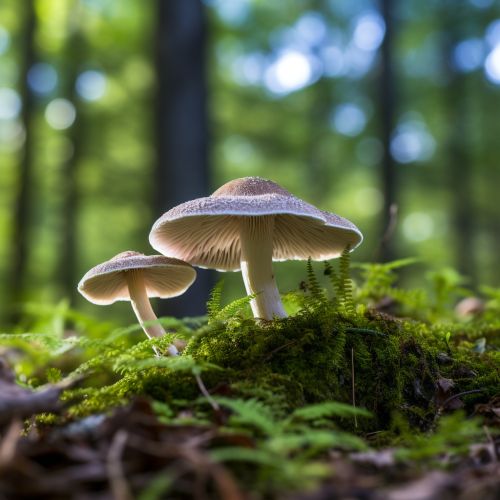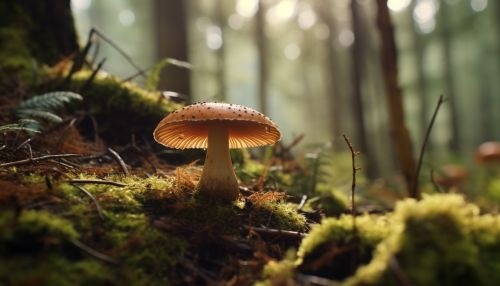Mushroom
Introduction
Mushrooms, or members of the Fungi kingdom, are a diverse group of organisms that play crucial roles in various ecological systems. They are characterized by their unique structures, growth patterns, and reproduction methods. This article delves deeper into the world of mushrooms, exploring their taxonomy, biology, ecological roles, and uses in various fields such as medicine, cuisine, and industry.
Taxonomy
Mushrooms belong to the kingdom Fungi, which is further divided into several phyla, classes, orders, families, genera, and species. The classification of mushrooms is primarily based on their morphological characteristics and genetic relationships. The major phyla of fungi that include mushrooms are Basidiomycota and Ascomycota, with the former being the most diverse and abundant.


Biology
Mushrooms are unique in their biological structure and growth patterns. They typically consist of a stalk (stipe), a cap (pileus), and gills (lamellae) or pores on the underside of the cap where spores are produced. The body of a mushroom is made up of a network of filaments called mycelium, which can extend far into the substrate in which the mushroom is growing.
Mushrooms reproduce through the production and dispersal of spores, which are microscopic and can be carried by wind or water to new locations. The process of spore production and release is complex and involves various stages of development within the mushroom's life cycle.
Ecological Roles
Mushrooms play significant roles in ecosystems as decomposers, symbionts, and pathogens. As decomposers, they break down organic matter, such as dead plants and animals, into simpler compounds that can be used by other organisms. Some mushrooms form symbiotic relationships with plants, known as mycorrhizal associations, where the mushroom helps the plant absorb nutrients from the soil, and in return, the plant provides the mushroom with sugars produced through photosynthesis. Other mushrooms are pathogens, causing diseases in plants, animals, and even humans.
Uses
Mushrooms have been used for various purposes throughout history. In cuisine, many species are prized for their unique flavors and textures. Some mushrooms, such as the truffle and shiitake, are considered delicacies and are used in gourmet dishes around the world.
In medicine, certain mushrooms are known for their therapeutic properties. For example, the reishi mushroom is used in traditional Chinese medicine for its purported health benefits, and the Penicillium genus of fungi is used to produce the antibiotic penicillin.
In industry, mushrooms are used for their ability to break down complex organic materials. This property has been harnessed in the field of Mycology, where fungi are used for bioremediation, a process that uses organisms to clean up environmental pollutants.
